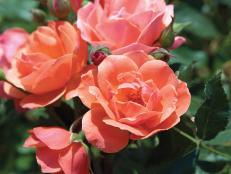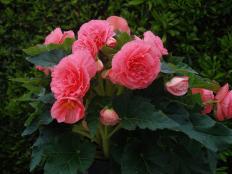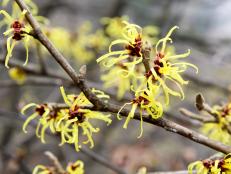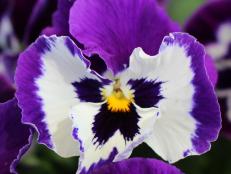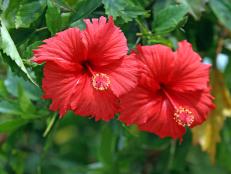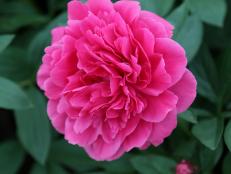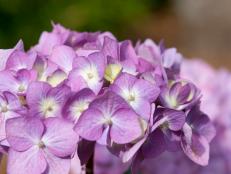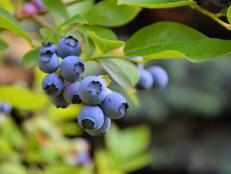How to Grow Roses
Roses are easier to grow than you think. Follow these steps to get started.

Photo by Dee Nash
Roses have a bad reputation.
They're less like rocker Joan Jett and more like Disney princesses. People think they’re all sequins and tulle and no substance. Some gardeners no longer consider roses romantic, but instead, difficult and prissy.
It doesn’t have to be this way. Roses are still the romantic flowers that once inspired poets’ dreams. They are also shrubs that want to bloom for you. They just need a little extra love and support. Here are some simple steps to get your roses growing in good health:
Place
Roses need full or nearly-full sun to produce more flowers and increase disease resistance.
Plant
Place new roses in well-drained soil, amended with plenty of homemade or purchased organic compost. If you buy a potted rose, take it out of the plastic container and fluff up any compacted roots before planting. For bare root roses, soak them first in manure tea to rehydrate them after shipping. Then, make a cone of soil and spread bare roots over the cone. Replace the soil, planting roses at same height as surrounding area. Tamp down soil for good root contact. Water.
Water and Good Drainage
Roses need about an inch of water a week and good drainage to perform at their best. Try drip irrigation or soaker hoses instead of sprinklers to prevent disease.
Prune
Before roses begin to leaf out in spring, prune them. Don’t be afraid of pruning. Make sure tools are clean and sharp, and spray tools with alcohol between shrubs to stop disease spread. Remove any dead canes (stems) first. Look over the shrub and decide what canes you want to remain. If it’s a shrub rose grown on its own roots, remove a third or even 1/2 of the top growth. Always prune toward outward facing buds to prevent canes from crossing over as they grow. With Hybrid Teas, remove all but four or five canes. On grafted roses, remove any suckers below the graft. Otherwise, the ugly rootstock rose will take over. Climbing roses shouldn’t be pruned until after they’ve bloomed in spring.

Feed
When gardeners talk of feeding plants, they really mean feeding the soil. Fertile soil with good drainage makes for good plants. The old advice was to dig around each rose and feed them once a month throughout spring and summer. Who has time for that anymore? Instead, about a month before roses are budded out, work an organic fertilizer into the soil. Some rosarians use alfalfa pellets to improve fertility and soil texture. Spray roses with an organic, liquid fertilizer in summer, or pour this into the ground around the rose if it looks puny.
Mulch
After feeding plants in spring, top them off with mulch like shredded oak leaves, pine straw, wood shavings or compost. Mulch helps moderate soil temperatures and moisture. Because organic mulch decays and becomes part of the soil, it will probably need refreshing before winter.
Prevent Disease
Choose disease-resistant cultivars. Don't group plants too close together. Good airflow is essential. In fall, remove any dead leaves, but also remove any rose leaves with blackspot or other diseases throughout the season. Don't compost rose canes or leaves.
Watch out for Rose Rosette Disease (RRD), caused by the Rose Rosette Virus. Damage is showing up in many gardens and is disastrous to roses. There is no cure for RRD. Watch for witches' brooms and red foliage that looks feathery and never becomes green when mature. If you suspect you have RRD, call your cooperative extension service before taking action. They may want to positively identify whether you have RRD or herbicide damage from glyphosate or 2,4-D.
In spite of their sometimes bad reputations, roses are worthy of a place in your garden. There is nothing quite so poetic as a red, red rose. Grow one, and you’ll see.






